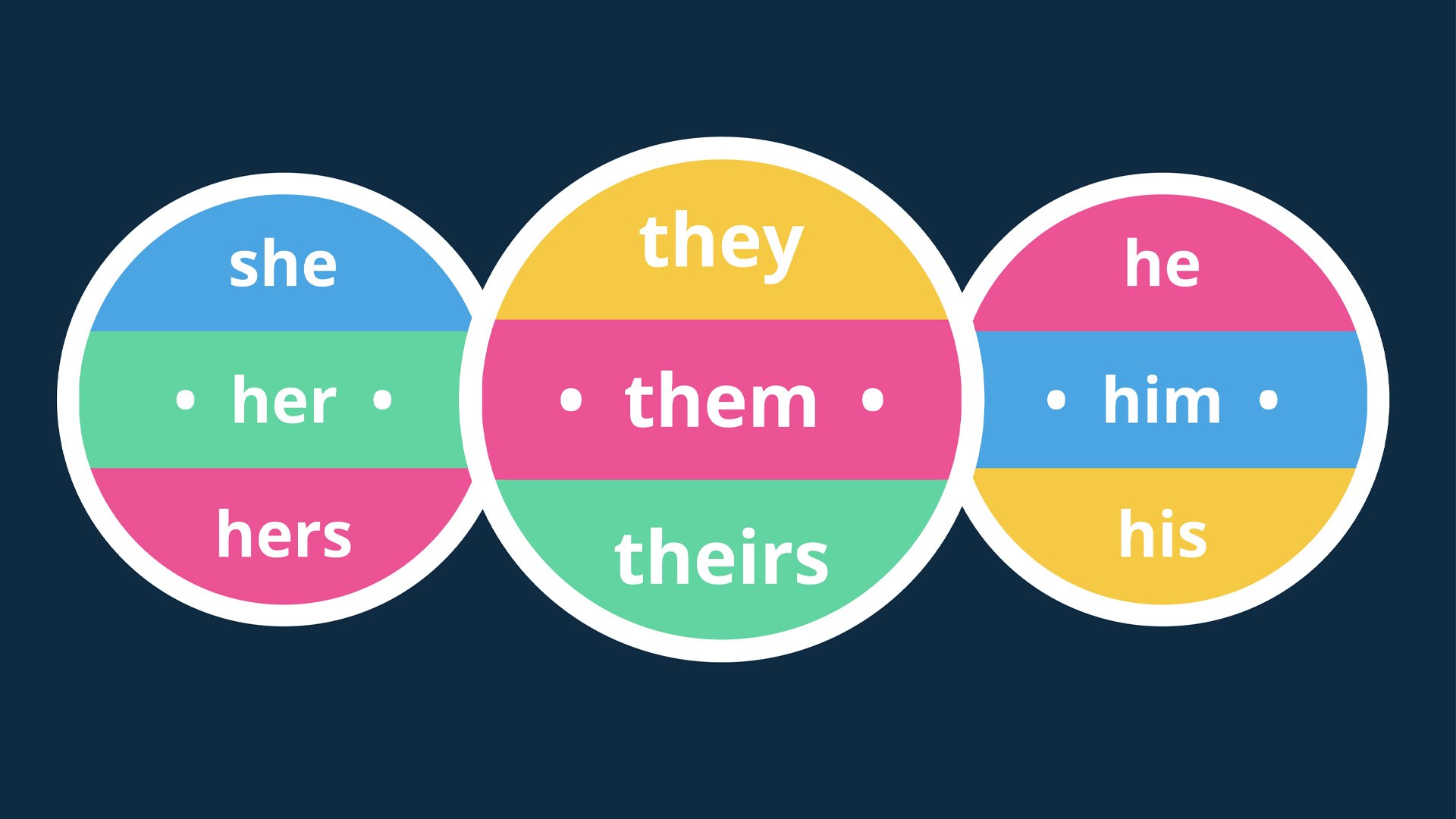December 16, 2021
1.4 million adults and 150,000 youth identify as Transgender in the United States – not to mention the untold amount who are not recognized. An especially vulnerable population, the Transgender community is disproportionately affected by poverty, workplace discrimination, lack of health insurance coverage, and being victims of sexual assault (HRC, n.d.). Having access to bias-free behavioral health services should not be another barrier, but it often is. 19% of Transgender persons refuse healthcare altogether with one of the main barriers being reported unequal treatment in healthcare settings (Klein et al., 2018). Behavioral Health clinicians and organizations hold a key responsibility in eliminating barriers to high-quality healthcare for the Transgender community.
These facts are extremely discerning for Transgender persons. This is especially true of behavioral health services in which they typically have higher rates of mental health diagnoses with a higher rate of traumatic experiences (Klein et al., 2018).
- Transgender persons experience higher levels of substance abuse disorders (Stanton et al., 2021).
- It is estimated that 41% of Transgender persons will attempt death by suicide in their lifetime. (Chang & Delaney, 2019). Transgender adolescents particularly need supportive and safe means to explore their gender identity (Klein et al., 2018).
- It is estimated that over nine out of ten Transgender persons who have a lifetime death by suicide attempt do so by the age of 25 (Bojarski & Qayyum, 2018).
- Transgender youth who are bullied at school have a rate to attempt death by suicide at 50-54% (Chang & Delaney, 2019).
An organization’s commitment to recognize a patient’s gender pronouns speaks to their patient- centered approach and willingness to support their patients and prevent microaggressions that create barriers to care and treatment. The three types of microaggressions are:
- Microassaults are conscious and deliberate attacks specifically meant to discriminate or degrade a person
- Microinsults are demeaning verbal remarks that convey rudeness or insensitivity .
- Microinvalidations are comments or behaviors that dismiss the thoughts, feelings, experiential reality or emotions of a target person or target group (Ogunyemi. et al., 2020).
Depending on intent and severity, not using a person’s gender pronouns can check the box for all three microaggressions. Several healthcare organizations fail to recognize the implications of not using pronouns on the populations they serve, and that this failure creates barriers to care and treatment.
So, what can behavioral health care clinicians and organizations do? Using a patient’s gender pronouns is a start in creating a nonjudgmental and supportive environment for patients to receive care. Clinicians can take the following steps to ensure that healthcare organizations are inclusive and respectful of Transgender folks:
- Avoid using slurs or backhanded compliments when addressing Transgender people.
- Speak up if you see bullying or discrimination.
- Don’t ask questions about a Transgender person’s sex life, genitals, or surgery.
- Be a vocal supporter and ally; educate yourself on issues facing the Transgender community.
- If you don’t know a person’s preferred pronouns or name, ask.
- Use gender neutral language, such as “they” or “folks” and instead of “he/she” or “men and women.”
Clinicians and organizations should offer accessible resources to Transgender persons in need. The National Suicide Prevention Hotline is a resource that should be utilized for all clients that are risk for death by suicide. The Trevor Project and The Trans Lifeline provide specialized educational resources on how to support nonbinary and Transgender youth.
Together armed with both the sobering facts and the willingness and desire to educate ourselves and do better, we in the behavioral health field can lead the charge to better providers, community members, allies, and change agents for justice and equity for the Transgender population.
References:
Bojarski, E., & Qayyum, Z. (2018). Psychodynamics of suicide in lesbian, gay, bisexual, or transgender youth. Journal of Infant, Child, and Adolescent Psychotherapy, 17(3), 178–186. https://doi.org/10.1080/15289168.2018.1480202
Chang, B., & Delaney, K. (2019). A heuristic inquiry on the role of person‐environment interaction in suicide risk among transgender youth. Journal of Child and Adolescent Psychiatric Nursing, 32(2), 47–50. https://doi.org/10.1111/jcap.12237
For young LGBTQ LIVES. The Trevor Project. (2021, October 1). Retrieved October 11, 2021, from https://www.thetrevorproject.org/.
Klein, D. A., Paradise, S. L., & Goodwin, E. T. (2018). Caring for Transgender and Gender-Diverse Persons: What Clinicians Should Know. American Family Physician, 98(11), 645–653.
Understanding the transgender community. HRC. (n.d.). Retrieved October 12, 2021, from https://www.hrc.org/resources/understanding-the-transgender-community.
Ogunyemi, D., Clare, C., Astudillo, Y. M., Marseille, M., Manu, E., & Kim, S. (2020). Microaggressions in the learning environment: A systematic review. Journal of Diversity in Higher Education, 13(2), 97–119. https://doi.org/10.1037/dhe0000107
Stanton, A. M., Batchelder, A. W., Kirakosian, N., Scholl, J., King, D., Grasso, C., Potter, J., Mayer, K. H., & O’Cleirigh, C. (2021). Differences in mental health symptom severity and care engagement among transgender and gender diverse individuals: Findings from a large Transgender YouthCommunity Health Center. PLOS ONE, 16(1). https://doi.org/10.1371/journal.pone.0245872
Trans Lifeline. Trans Lifeline. (2021, July 15). Retrieved October 11, 2021, from https://translifeline.org/.
What’s transphobia?: Facts about transphobic discrimination. Planned Parenthood. (n.d.). Retrieved October 11, 2021, from https://www.plannedparenthood.org/learn/gender-identity/transgender/whats-transphobia.
